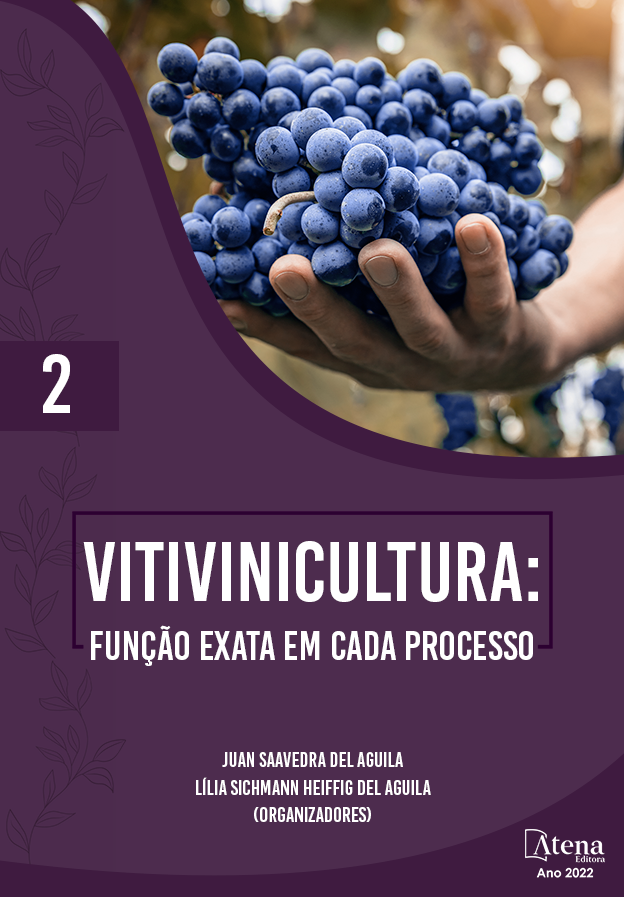
OS CAMINHOS DA VITICULTURA SUSTENTÁVEL
Um pouco mais de 12.000 anos atrás, a mulher inventava a Agricultura, após séculos de observação, posteriormente a Vitivinicultura também foi desenvolvida provavelmente entre o final da era da Pedra e no início da era de Bronze, a partir de aí a Videira foi cultivada de forma sustentável, até a chegada da “Revolução Verde”, ponto no tempo no século XX em que a Vitivinicultura foi começada a ser tratada em divórcio com a natureza, utilizando-se nesta nova forma de produzir, de tecnologias de alto investimento, que deixa a cada safra de Uva, mais pobre e dependente o Viticultor, temos como exemplos desta novas tecnologias: agrotóxicos, fertilizantes de alta solubilidade derivados do petróleo, equipamentos e máquinas agrícolas, sementes melhoradas e responsivas ao novo pacote tecnológico, entre outras. Após mais de 60 anos da chamada “Revolução Verde”, o mundo observa a destruição que causou esta nova forma de “Agricultura”, nos ecossistemas do Planeta Terra e na saúde do ser humano, além de não cumprir com a promessa de acabar com a fome no mundo; se coloca novamente na mesa de opções Sistemas de Produção que já foram utilizados no passado, como a produção Orgânica e Biodinâmica, entre outros. Neste sentido, na presente Revisão Bibliográfica, além de apresentar a situação atual da Viticultura Sustentável, também é apresentado um histórico recente desta caminhada.
OS CAMINHOS DA VITICULTURA SUSTENTÁVEL
-
DOI: 10.22533/at.ed.0942207031
-
Palavras-chave: Vitis sp., Aquecimento Global, Mudança Climática, Agroecologia.
-
Keywords: Vitis sp., Global Warming, Climate Change, Agroecology.
-
Abstract:
A little more than 12,000 years ago, women invented Agriculture, after centuries of observation, later Winemaking was also developed, probably between the end of the Stone Age and the beginning of the Bronze Age, from then onwards the Vine was cultivated from sustainable way, until the arrival of the “Green Revolution”, a point in time in the 20th century in which Vitiviniculture was started to be treated in divorce from nature, using in this new way of producing, high investment technologies, and that leaves with each poorer and more dependent crop on the Viticulturist, we have as examples of these new technologies: pesticides, high-solubility fertilizers derived from petroleum, agricultural equipment and machinery, improved seeds that are responsive to the new technological package, among others. After more than 60 years of the “Green Revolution”, the world observes the destruction it has caused, in the ecosystems of Planet Earth and in the health of the human being, in addition to not fulfilling the promise to end hunger in the world, and puts again on the table of options Production Systems that have already been used in the past, such as the Organic and Biodynamic production, among others. In this sense, in this Bibliographic Review, in addition to presenting the current situation of Sustainable Viticulture, a history of this journey is also presented.
-
Número de páginas: 25
- Graci Kely Menezes
- Algacir José Rigon
- Elizete Beatriz Radmann
- Natanael Carlos Sganzerla
- Juan Saavedra del Aguila


